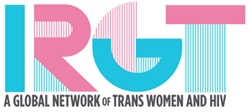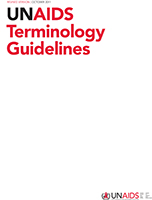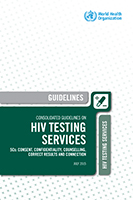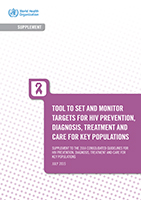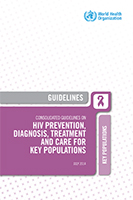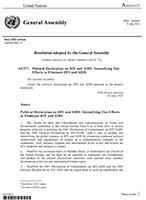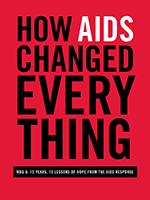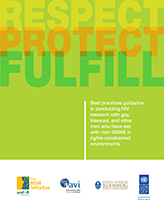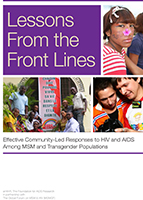
Language shapes beliefs and may influence behaviors. These guidelines to UNAIDS’ preferred terminology have been developed for use by staff members, colleagues in the program’s 10 cosponsoring organizations, and other partners working in the global response to HIV.
Year of publication:
2011
Media:
